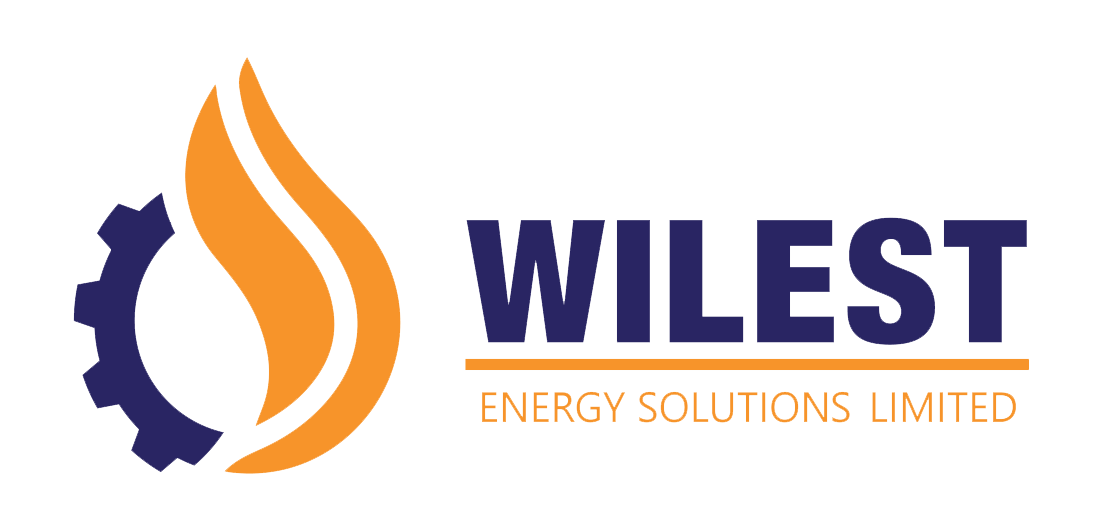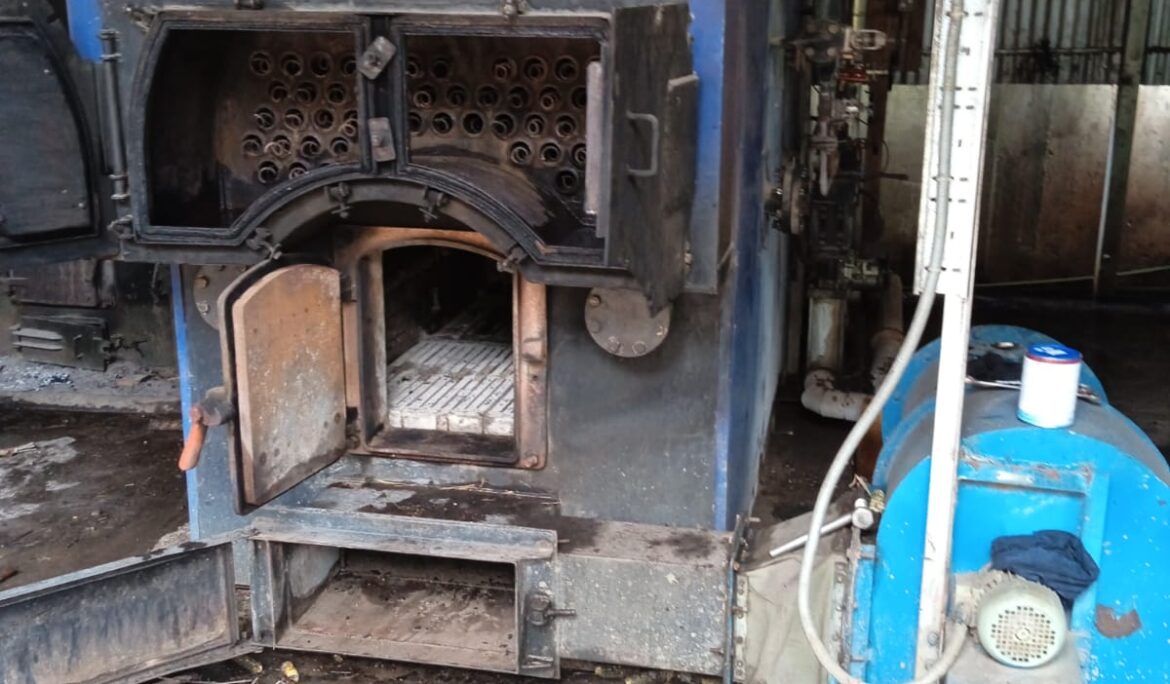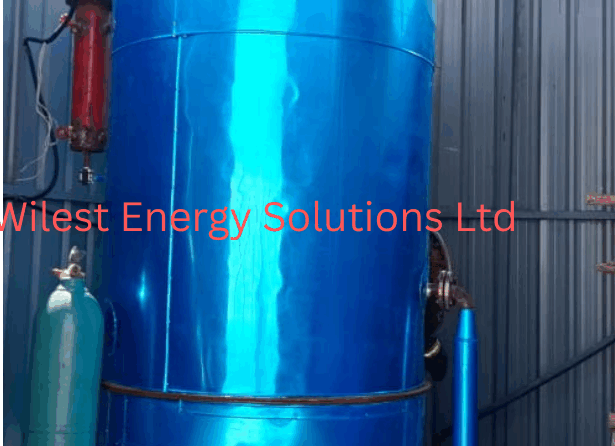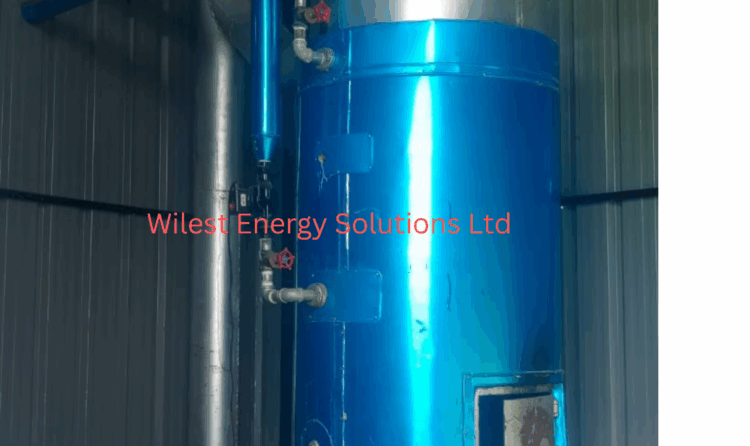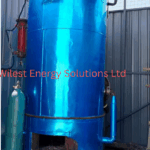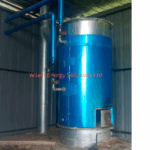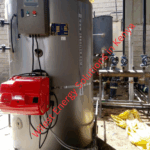Wilest Energy Solutions is a company that specializes in mechanical engineering, fabrication, spare parts, and installation of steam boilers, as well as new factories. If you are looking for guidance on how to choose the right steam control instrument spares for your energy system, Wilest Energy Solutions has a comprehensive guide to help you.
Practical Spare Part Management
Many companies are reluctant to maintain a comprehensive spare part inventory because they fear that stocking assets like spares is counterintuitive when trying to effectively control operating costs. However, practical spare part management is the foundation for reliable plant operation and is crucial to a plant manager’s success.
Determining Which Spare Parts are Needed
As a plant manager, you need to know how to determine which spare parts are needed to make up an effective and comprehensive inventory system. Rather than using perception to determine what’s needed, it’s best to establish a strategic method that will adequately manage the movement and storage of your inventory.
Operating Strategy
When developing or reviewing your part management system, operating strategy, inventory control, and lead times are a few of the factors you should consider. Taking these factors into account can help minimize performance disruption, promote efficiency, and reduce carrying cost. Wilest Energy Solutions recommends adopting a predictive strategy for managing spare parts. Predictive management of spare parts includes the collection and analysis of data, and the ability to look at the entire scope of operation to locate and solve important underlying problems that may surface in the long run.
Source of Stockout
It is impossible to eliminate the nagging issue of stockout (out of stock parts) without investing in spares. However, if you try to identify the major cause(s) of your stockout, you can limit the effects it has on your operation. Start recording the reason(s) for out of stock parts in real-time. Additionally, review forecasted demand and look for parts that may have an incorrect order setting. It should be noted that the most typical cause for stockout is the delay that may exist within a supply chain (internally/externally).
Inventory Control
Your spare parts inventory does not have to be all-encompassing to be effective. To achieve better control over inventory, develop clear criteria that will help define and categorize spares. Designations such as “critical” spares can help you prioritize your inventory. Properly storing and organizing spares in a designated, secure space is also beneficial for the control of inventory. A review and analysis of your storage and check-out system can reveal reasons for stock inaccuracies.
Lead Times
Having a thorough understanding of spare part lead times is critical to building a successful stock program. Part lead time is particularly important when determining which parts to stock. If downtime is not critical for your company, parts that can be acquired quickly and easily can be left out of a stocking plan. However, if lost production time means a significant financial loss for your operation, even a day or two without a part can be too long. It is best to keep parts with long lead times on hand.
New Equipment is No Exception
All too often, we hear the following from operations and maintenance managers: “Our equipment was just installed, it’s brand new, and we don’t need spares.” While it sounds logical for many reasons, this train of thought is wrong. Having proper spares on hand for the start-up/commissioning of new equipment is extremely important. If a part is found to be defective, you can mitigate downtime by having spares available for replacement right away.
True Stories
It may help to hear about a few real-world examples of issues that plant managers have faced when dealing with spare parts management. For example, one plant was experiencing severe vibration issues with a particular pump. The solution was to replace the pump with a new one, but the original pump was left on the shelf as a spare. Months later, the plant experienced the same issue with the new pump and had to use the spare pump. It was only then that they discovered that the original pump was the wrong type for that application. The plant ended up purchasing a new pump and wasted valuable time and money.
Another plant was relying on the supplier’s recommendation for spare parts, only to find out that the supplier was no longer in business when a replacement part was needed. The plant had to scramble to find a replacement and ended up paying a premium price.
Conclusion
Effective spare part management is an important aspect of plant operations. By implementing a predictive management strategy, identifying the source of stock-out, practicing inventory control, understanding lead times, and considering new equipment, you can ensure that you have the right spare parts on hand when you need them, and minimize downtime and costs. At Wilest Energy Solutions, we provide mechanical engineering, fabrication, spare parts, and installation of steam boilers as well as new factories. Contact us today to learn more about our services and how we can help you manage your spare parts inventory effectively.
